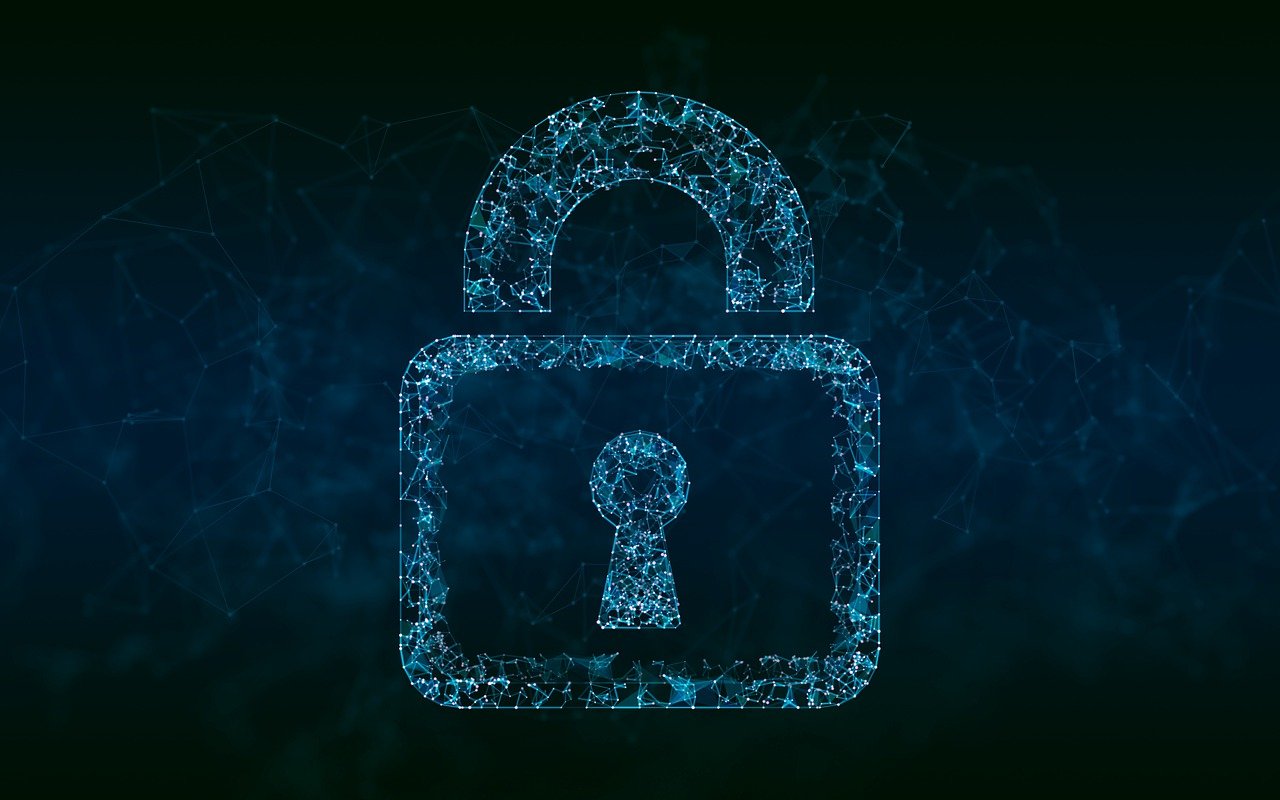· 4 min read
What is SSID | Definition and Meaning
Explore the definition and significance of SSID, the Service Set Identifier, in wireless networking and Wi-Fi.

What is SSID? A Comprehensive Overview
In the realm of networking, particularly wireless networking, the term SSID often surfaces. But what does SSID stand for, and what is its significance in the world of Wi-Fi and networking?
Definition of SSID
SSID stands for Service Set Identifier, which is a unique identifier that is associated with a specific wireless network. It essentially serves as the name of the network. When you connect to Wi-Fi on your devices, the SSID is what you look for in the list of available networks.
Understanding SSID is crucial for both home users and IT professionals dealing with wireless infrastructure.
The Role of SSID in Networking
So, what is SSID used for in practical terms? The primary purpose of an SSID is to provide a way for devices to identify a particular wireless network. This is vital in both personal and commercial environments, where multiple networks may be in close proximity to one another.
Functional Characteristics of SSID
Identification: Each SSID can be up to 32 characters long and can include letters, numbers, and symbols. Devices use the SSID to connect to the correct network.
Network Segmentation: In larger environments such as offices, multiple SSIDs can serve to segment the network for different departments, guests, or devices. For instance, a company might have one SSID for employees and a separate one for visitors.
Security: While the SSID itself isn�t a security feature, hiding or �broadcasting� the SSID can be part of a broader strategy to secure a wireless network. Some networks may not publicly broadcast their SSID, meaning users must know the exact name to connect.
Examples of SSIDs
Understanding what an SSID looks like can help bring clarity. For instance:
- HomeWiFi
- OfficeNetwork
- CoffeeShop_Guest
These names are what users will see when scanning for available networks on their devices.
Common Issues Related to SSID
At times, users might encounter issues such as �my SSID is not showing� or �why would an SSID not appear�. Such problems can stem from various reasons including device compatibility, router settings, or simply being out of range.
In cases where an SSID is not visible, checking the router configuration, ensuring it is powered on, and verifying the broadcasting settings is a good start.
Is SSID Case Sensitive?
An important aspect to recognize is that an SSID is case-sensitive. Thus, HomeWiFi and homewifi would be interpreted as two distinct networks. This means it is essential to enter the SSID exactly as configured to connect successfully.
Known Vulnerabilities
Historically, various vulnerabilities have been identified in devices related to their handling of SSIDs. Below are some noteworthy examples:
CVE-2024-23726: Devices such as Ubee DDW365 were found to have predictable default WPA2 PSKs, allowing remote attackers in proximity to derive access credentials, leading to unauthorized access.
CVE-2023-21230: In certain Java code, unprivileged apps exploited a flaw to receive broadcasts about Wi-Fi access point changes, potentially leading to unauthorized local information disclosure without user interaction.
CVE-2023-24119: The Jensen of Scandinavia Eagle 1200AC was discovered to have a stack overflow vulnerability when processing the SSID parameter, leading to potential remote exploits.
CVE-2023-30400: Anyka Microelectronics AK3918EV300 faced a command injection vulnerability that permitted attackers to execute arbitrary commands via a crafted SSID or password.
CVE-2023-35837: The Solax Pocket Wi-Fi 3 suffered from an unauthenticated access issue, where the administrative password for the web interface was the same as the registration ID, allowing attackers to reconfigure the device.
CVE-2023-37700: Tenda FH1203 experienced stack overflow issues linked to the SSID parameter, which could lead to denial of service attacks.
CVE-2022-20810: Cisco’s IOS XE Wireless Controller software had vulnerabilities that could allow authenticated remote attackers to access sensitive information related to SSIDs and PSKs, highlighting the risks present in improperly managed network infrastructures.
These vulnerabilities underscore the importance of rigorous security measures in managing SSIDs and associated credentials. Ensuring devices are securely configured is crucial in protecting networks from unauthorized access and exploitation.
The SSID or Service Set Identifier serves as a critical component in wireless networking. It is the friendly name under which a wireless network operates, facilitating the identification and connection process for users ranging from casual home consumers to professionals managing complex systems. The SSID provides not only a way to identify networks but also plays a role in organizing, managing, and securing Wi-Fi environments. Understanding your SSID is a fundamental step in navigating the wireless landscape effectively, along with being aware of potential vulnerabilities that can impact network security.

